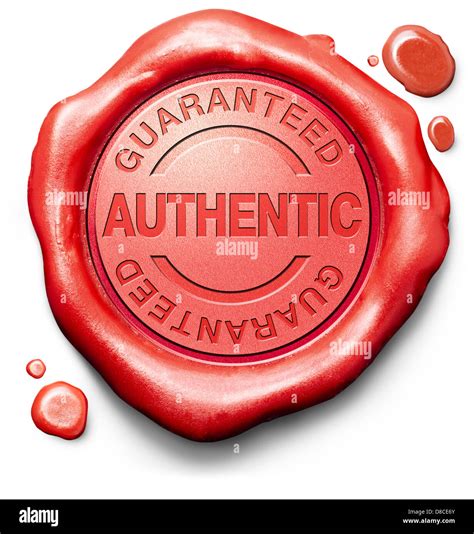How to Verify Authenticity Seals: A Complete Guide to Ensure Trust and Security
Understanding the Importance of Authenticity Seals
Authenticity seals provide a layer of trust and validation, reassuring customers about a product or website’s legitimacy. They serve as a security marker, particularly for online platforms, helping users identify credible sources. But with the increase of counterfeit seals, verifying their authenticity is crucial. Here, we’ll dive into how to verify these seals, common types, and the steps for ensuring your security online and offline.
What Are Authenticity Seals?
Authenticity seals, also known as verification seals, are visual markers found on websites and products, indicating approval from a reputable authority. These seals can be found on websites, product packaging, and documentation to reassure customers about the legitimacy of the brand or item they’re purchasing.
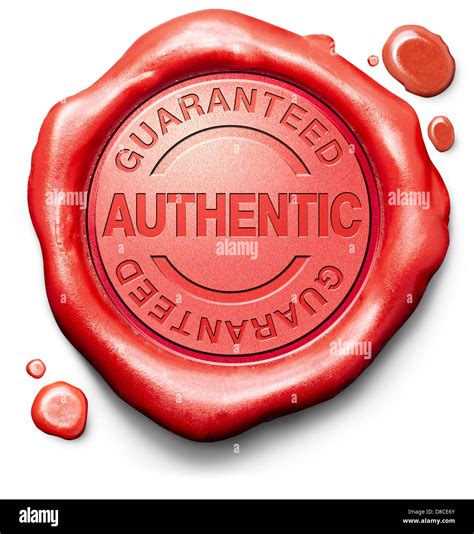
How to Identify Different Types of Authenticity Seals
Authenticity seals come in various types, each signifying something different. Below are some common types:
- Trust Seals: Common on websites, they verify security protocols.
- Certification Seals: Indicate approval from a certification body, such as organic or fair-trade certifications.
- Government Seals: Used by governments to authenticate official documents and products.
Steps to Verify an Authenticity Seal Online
Online verification of authenticity seals is a straightforward process:
- Check for HTTPS: Ensure the website is secure by looking for HTTPS in the URL.
- Examine the Seal Design: Authentic seals typically have high-quality designs and are clickable, leading to the certifying body’s site.
- Verify with the Certifier: Cross-check the seal on the certifying authority’s website.
- Review Browser Information: Right-click on the seal to access more details in some browsers.
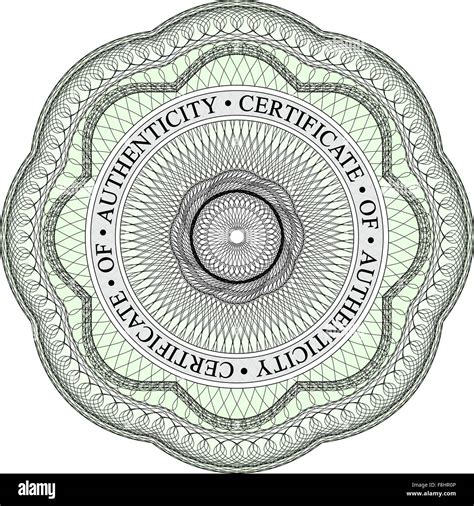
How to Verify Physical Authenticity Seals on Products
Verifying authenticity seals on physical products follows different steps:
- Examine Seal Quality: Real seals have clear, high-quality prints, while counterfeits may appear blurry.
- Check the Hologram: Authentic products often have holographic seals that are hard to replicate.
- Look for Microprinting: Small, detailed text that is difficult to reproduce is another indicator of authenticity.
- Contact the Manufacturer: If in doubt, contact the manufacturer directly to verify the seal’s legitimacy.
Commonly Used Authenticity Seals and Their Meanings
Below is a table outlining some commonly used authenticity seals and their meanings:
| Seal Type | Purpose |
|---|---|
| SSL Certificates | Indicates a secure and encrypted website connection |
| Organic Certifications | Verifies organic farming practices |
| Fair Trade Certification | Assures ethical trade practices |
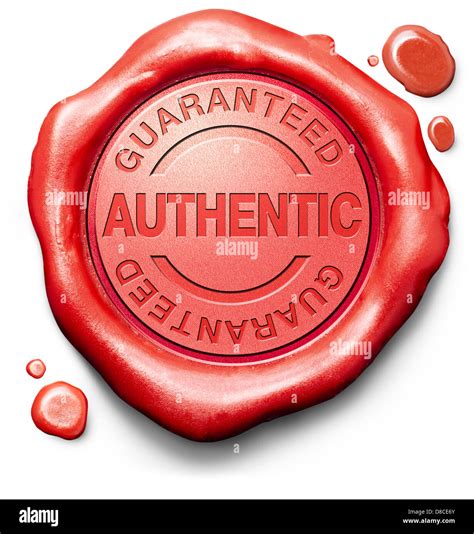
Why Authenticity Seals Are Important for E-Commerce
For online businesses, authenticity seals are vital for customer trust. Many e-commerce sites use SSL certificates and payment security seals to ensure customers feel confident while entering personal and financial information.
How to Check an Authenticity Seal on Documents
Official documents often include authenticity seals for validation:
- Watermarks: Many seals are embedded as watermarks on documents.
- Serial Numbers: Cross-checking serial numbers with official databases verifies authenticity.
- Signature and Date: Legitimate seals are often accompanied by an authorized signature and issuance date.
Risks of Ignoring Authenticity Seal Verification
Ignoring the verification of authenticity seals can lead to risks:
- Identity Theft: Fake seals on websites can lead to phishing attacks and stolen data.
- Counterfeit Products: Unverified seals on products may result in purchasing counterfeit goods.
- Financial Fraud: Non-legit sites without valid security seals can exploit customer payment details.
Tools and Apps for Authenticity Seal Verification
There are several digital tools to help verify seals:
- SSL Checker: Online tools like SSL Checker validate website SSL certificates.
- Barcode Scanners: Smartphone apps can scan product barcodes to verify authenticity.
- Certifying Body Websites: Many official websites allow verification of their certification seals.
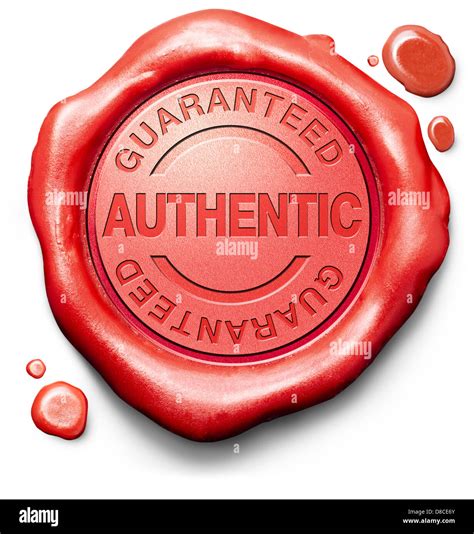
How Authenticity Seals Benefit Consumers and Businesses
Authenticity seals offer advantages for both consumers and businesses:
- Increased Trust: Seals build consumer trust, crucial for repeat purchases.
- Reduced Fraud: Verified seals help reduce counterfeit product circulation.
- Compliance with Regulations: Companies benefit from showing they meet industry standards.
Summary Table of Authenticity Seal Verification
| Verification Aspect | Verification Method |
|---|---|
| Online Seals | Check for HTTPS, clickable design, browser information |
| Physical Seals | Look for hologram, high-quality print, microprinting |
| Document Seals | Check watermark, serial number, date |
FAQ
What is an authenticity seal?
An authenticity seal is a mark from a reputable authority that confirms the product or website’s credibility.
Why are authenticity seals important?
They provide assurance that the product or site is genuine, reducing risks of fraud or counterfeit.
How can I verify an authenticity seal online?
Check for HTTPS, inspect the seal’s design, and verify directly with the certifying body.
What are common types of authenticity seals?
Common types include SSL certificates, organic certifications, and government seals.
How can I verify a physical authenticity seal?
Look for holograms, microprinting, and contact the manufacturer for verification.
What risks are associated with unverified authenticity seals?
Unverified seals can lead to data theft, counterfeit products, and financial fraud.
Are there tools to verify authenticity seals?
Yes, tools like SSL Checkers and barcode scanners help verify seals.

